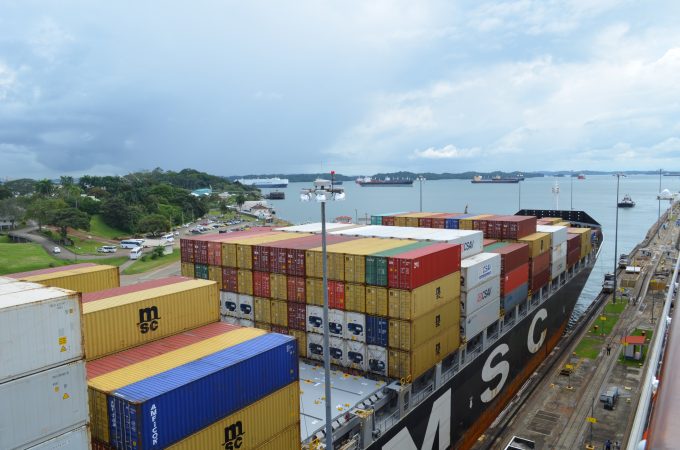MSC and CMA CGM gobble up capacity from non-operators
Don’t forget those intra-regionals…

Persistent low water levels in the Panama Canal are raising questions for cargo owners on the strategic validity of a route that helped many circumnavigate congested US west coast ports.
Owing to a drought that has reduced water levels in the canal and its watershed and adjacent rivers, which supply fresh water to several cities, including the capital, the canal authority (CPA) had to implement restrictions on shipping, limiting the number of daily transits and the draught ...
Asia-USEC shippers to lose 42% capacity in a surge of blanked sailings
USTR fees will lead to 'complete destabilisation' of container shipping alliances
New USTR port fees threaten shipping and global supply chains, says Cosco
Outlook for container shipping 'more uncertain now than at the onset of Covid'
Transpac container service closures mount
DHL Express suspends non-de minimis B2C parcels to US consumers
Zim ordered to pay Samsung $3.7m for 'wrongful' D&D charges
Flexport lawsuit an 'undifferentiated mass of gibberish', claims Freightmate

Comment on this article